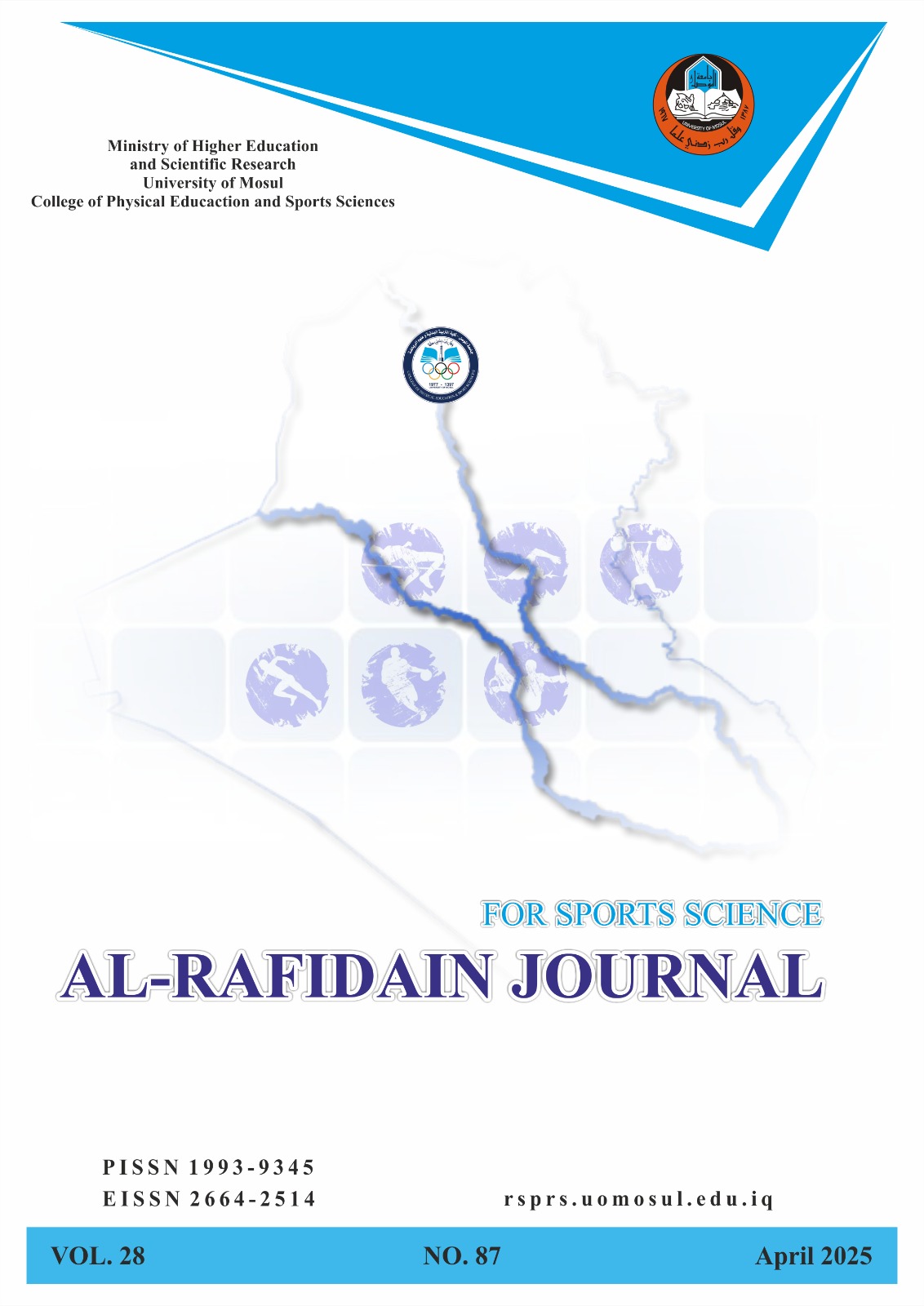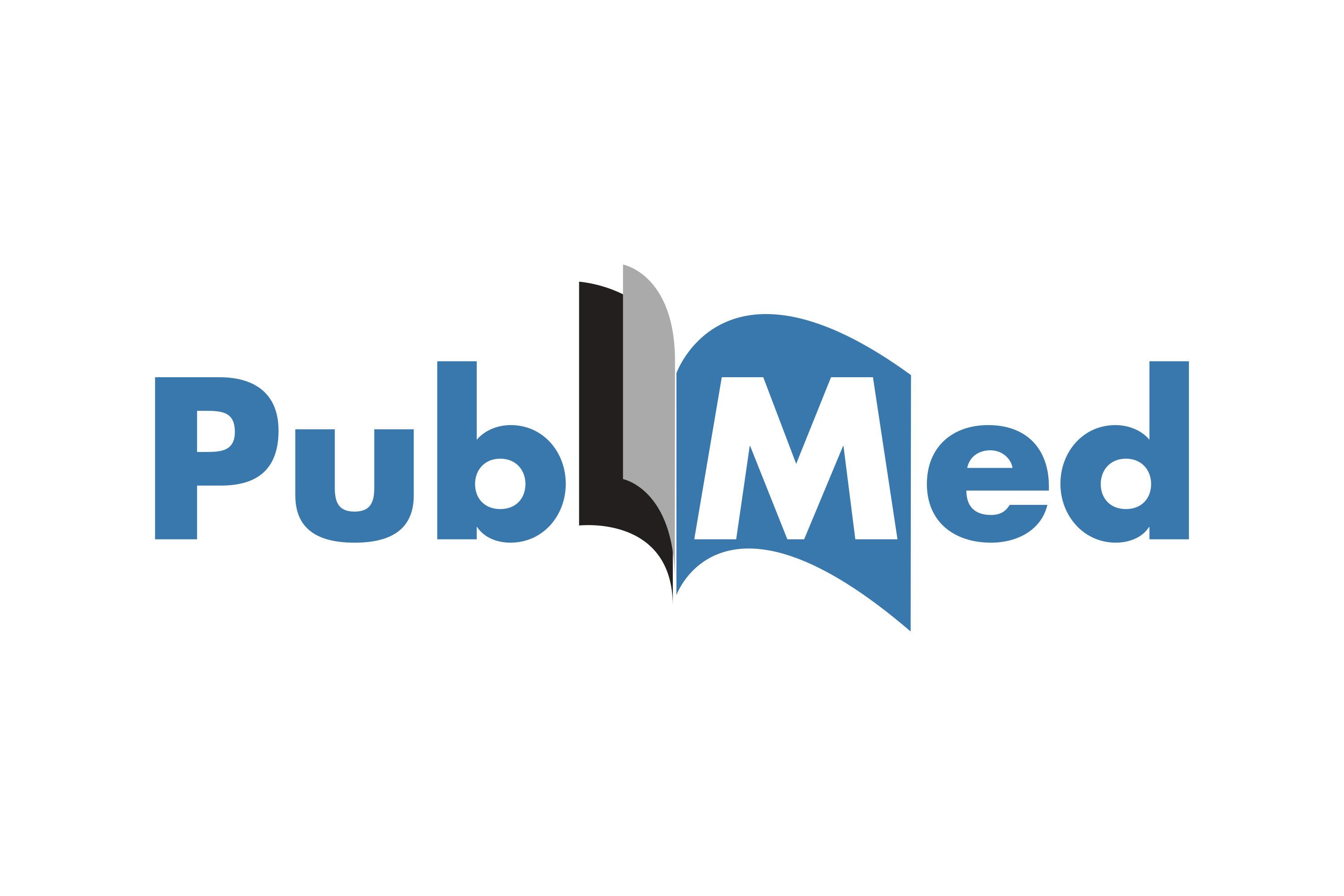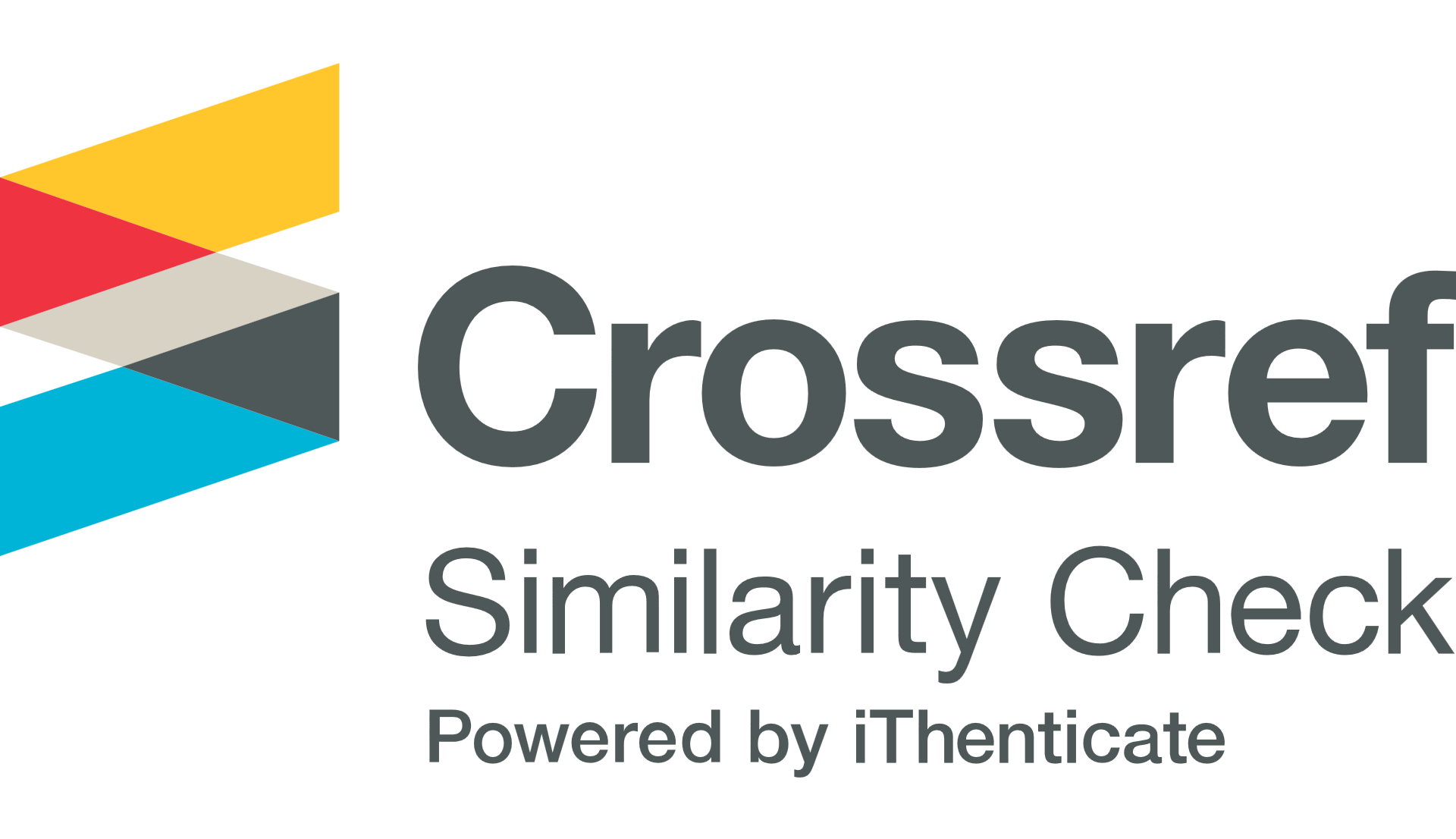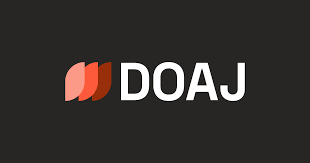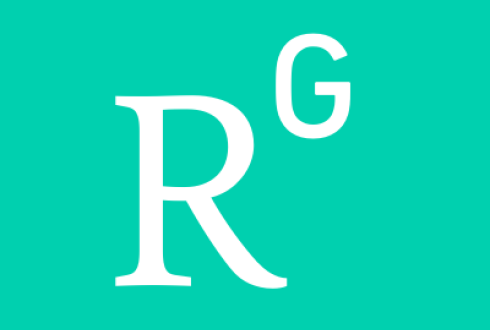The effect of Rondo training on a number of skill variables for futsal players
Abstract
The study aims to:The importance of the current study lies in designing a (Rondo) training program for some skill variables of futsal players. The current study aims to identify the effect of (Rondo) training on some basic skills of the players of an experimental group and identify the differences in some basic skills between the two groups in the post-test. The sample of the study was selected from futsal players of Nineveh Sports Club, who are (22) players. The sample of the study consisted of (16) players representing (72.727%) of the main sample. Homogeneity and equality between the two groups of the study were achieved concerning (age, height, mass, training age, and basic skills). The researchers used an experimental design for the two groups in the pre and post-tests. The means of collecting data included personal interviews, questionnaires, tests, measuring scales, and scientific observation. A method of training was executed in the main part of the training unit (24 units). After completing the training method, the researchers reached the following findings: the training program, which was executed by the experimental group, made a prominent development in the basic skills under study, and that is through comparing the results of the pre and post-tests, and the experimental group achieved a better development than the controlling group in the basic skills, and that is through comparing the post-tests. The researchers recommend paying attention to (Rondo) training programs when making training methods for futsal players because of the development in the basic skills that the findings of the current study showed.
